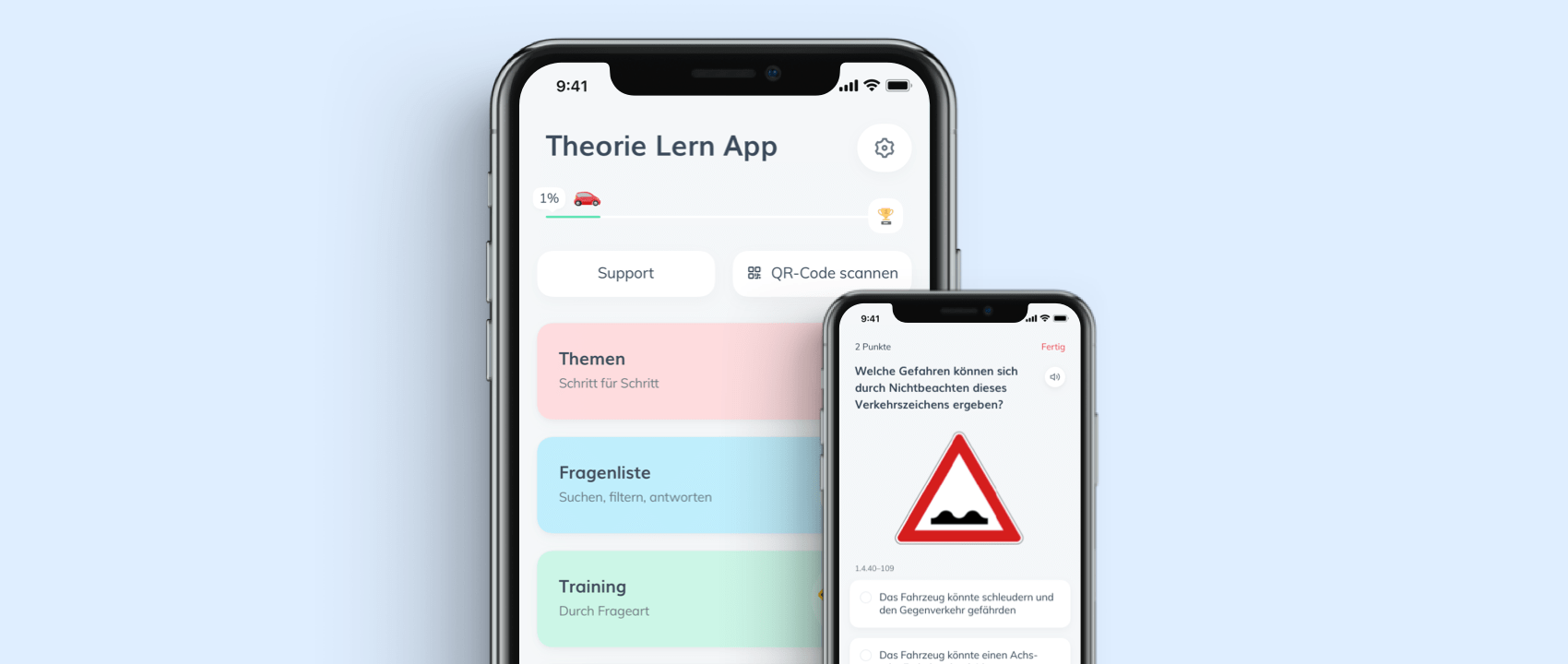Domanda: 2.1.03-020
4 Punti
Licenze:
A
A1
A2
B
Quando un forte vento laterale può rivelarsi particolarmente pericoloso?
Scegli una o più risposte corrette
La maggior parte degli studenti impara sull'app ClickClickDrive. È disponibile per Android e iOS.


Commento
Modifica delle direzioni del vento sono pericolose durante la guida. raffiche improvvise possono prendere il vostro veicolo e spingerlo da parte. Bisogna controsterzare con forza per mantenere il veicolo nella corsia. Se il vento cambia direzione, si deve reagire rapidamente e regolare il comportamento dello sterzo. Forte vento laterale è un pericolo soprattutto sui ponti e sul piano, poco sviluppata e terreni unwooded. Se si sorpassa una o più camion, si dovrà aspettare mutevoli condizioni di pressione quando si entra nella scia del camion e al momento di lasciare il camion. A corridoi forestali o al momento di lasciare le zone boscose, un forte vento laterale può anche colpire bruscamente. - Changing wind directions are dangerous when driving. Sudden gusts can catch your vehicle and push it aside. You have to countersteer strongly to keep your vehicle in the lane. If the wind changes direction, you have to react quickly and adjust your steering behavior. Strong crosswind is a danger especially on bridges and on level, undeveloped and unwooded terrain. If you overtake one or more trucks, you will have to expect changing pressure conditions when entering the slipstream of the truck and when leaving the truck. At forest aisles or when leaving wooded areas, a strong crosswind can also hit you abruptly. - Wechselnde Windrichtungen sind beim Autofahren gefährlich. Plötzliche Böen können Ihr Fahrzeug erfassen und zur Seite drücken. Sie müssen stark gegenlenken, um Ihr Fahrzeug in der Spur zu halten. Ändert der Wind seine Richtung, müssen Sie schnell reagieren und Ihr Lenkverhalten anpassen. Starker Seitenwind ist besonders auf Brücken und auf ebenem, unbebautem und unbewaldetem Gelände eine Gefahr. Wenn Sie einen oder mehrere Lkw überholen, müssen Sie bei kräftigem Seitenwind mit veränderten Druckverhältnissen beim Eintritt in den Windschatten des Lkw und beim Wiederaustritt rechnen. An Waldschneisen oder beim Verlassen bewaldeter Gebiete kann ein starker Seitenwind Sie ebenfalls unvermittelt treffen.